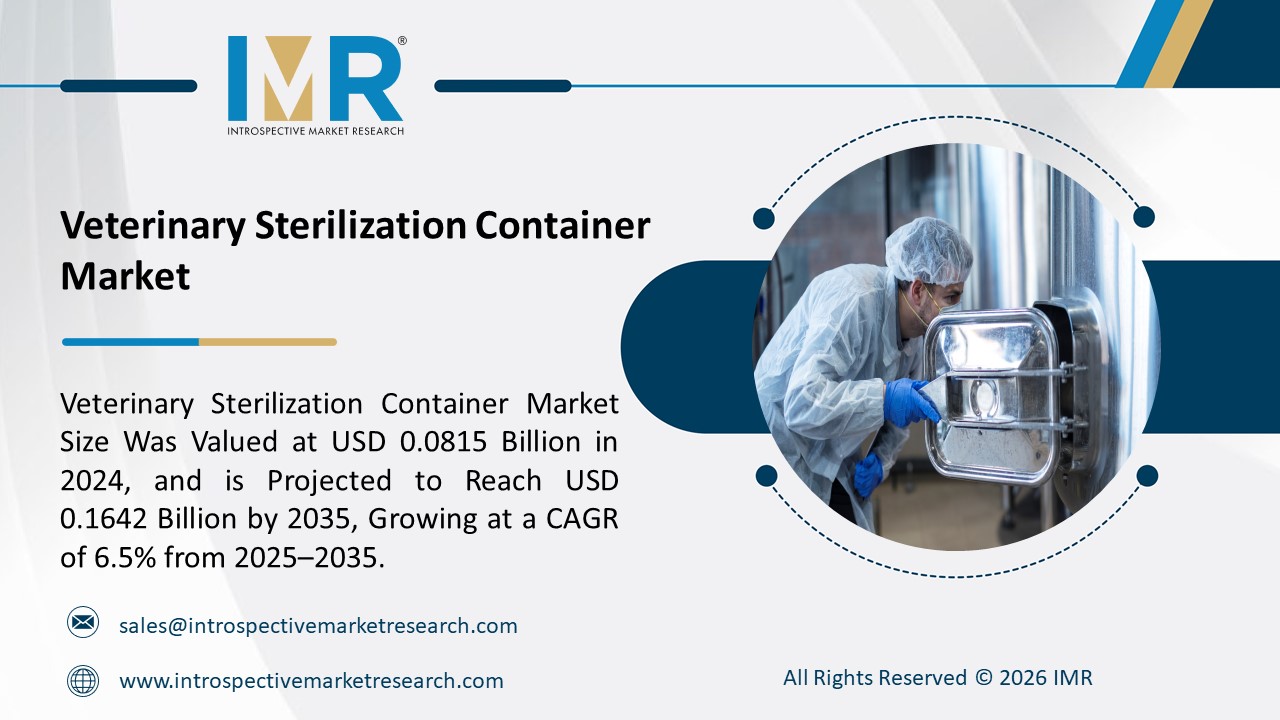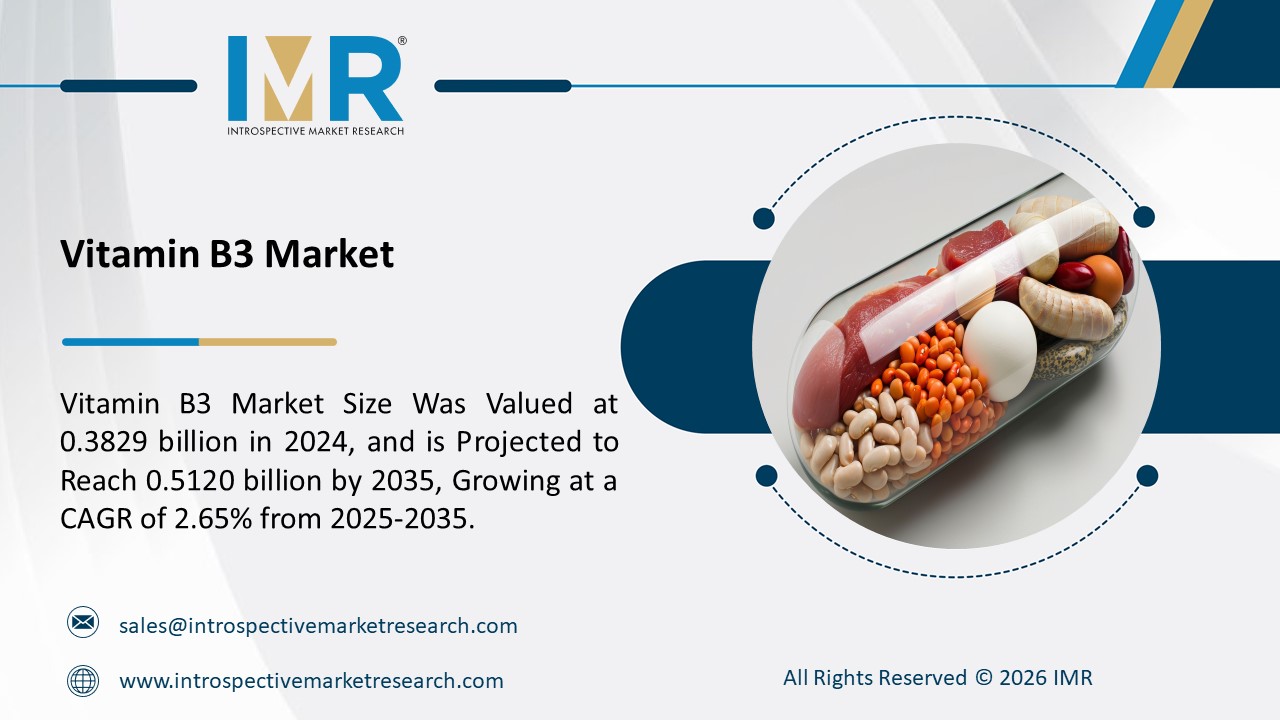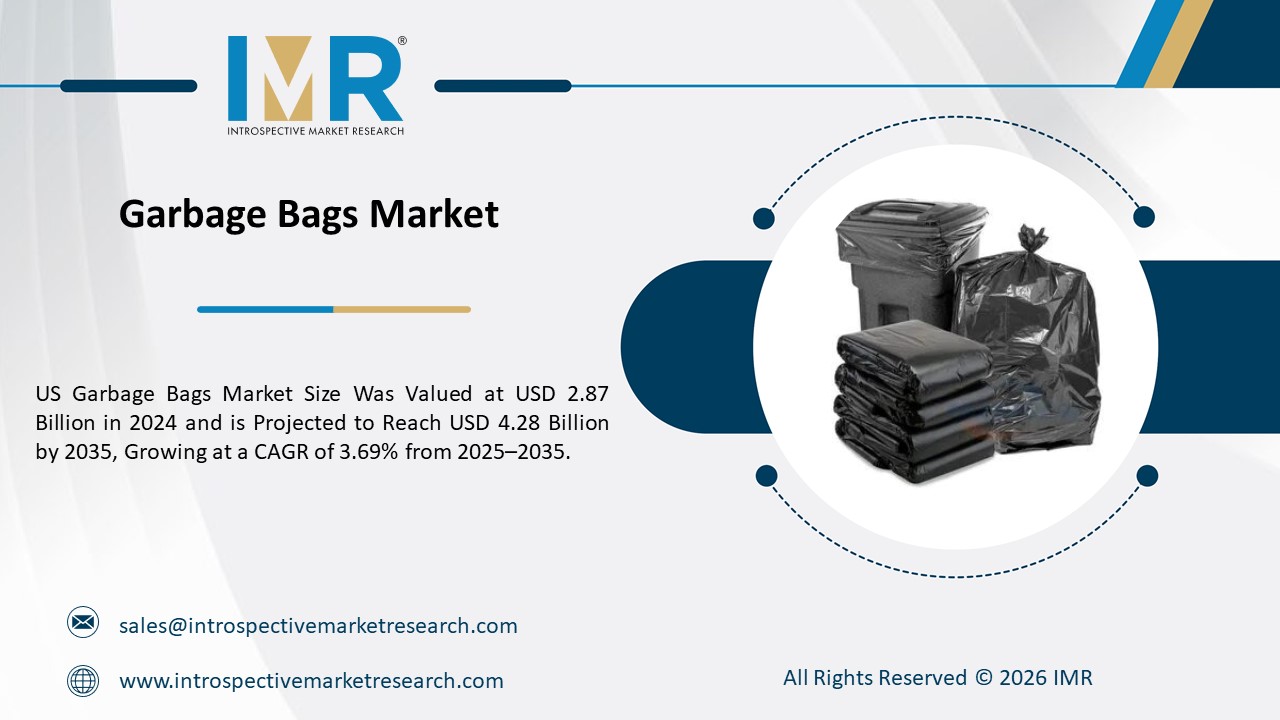Market Overview:
The Global Semiconductor Bonding Market size is expected to grow from USD 1176.68 million in 2022 to USD 1561.48 million by 2030, at a CAGR of 3.6% during the forecast period (2023-2030).
Semiconductors are materials composed of atoms that are bonded together to form a uniform structure. In the bonding model, the structure of the material is consistent and uniform throughout. Semiconductor bonding plays a crucial role in the production of various integrated circuits and fabrication devices. The market for semiconductor bonding equipment is driven by the increasing complexity of semiconductor IC designs and the growing demand for ICs that can perform multiple functions. This equipment is essential for connecting an integrated chip to its package or directly to the printed circuit. The processes involved include wire bonding, die-bonding, and dicing, which are part of the chip manufacturing back-end processes. The semiconductor bonding market is further propelled by the rising usage of IoT devices and automated automotive components.
Top Key Players in Semiconductor Bonding Market:
- BE Semiconductor Industries N.V.(Netherlands)
- ASM Pacific Technology Ltd (Singapore)
- Kulicke & Soffa (Singapore)
- Panasonic (Japan)
- Fuji Corporation (Japan)
- Yamaha Motor Robotics Corporation Co (Japan)
- SUSS MicroTech SE(Germany)
- Shiaura Mechatronics (Japan) and other major players.
Market Dynamics and Factors:
The semiconductor bonding market is propelled by the adoption of stacked die technology in IoT devices and the advancements in AI within the automotive sector. Stacked die technology allows for efficient use of space and improved electrical performance, driving its demand in IoT applications. Additionally, the automotive industry's focus on connectivity and touch-free interfaces is fueling the need for specialized semiconductor bonding solutions. These trends contribute to the overall growth and expansion of the semiconductor bonding market
The increasing demand for thin wafers in the semiconductor industry is driving the growth of the wafer bonding market. Thin wafers have revolutionized traditional fabrication processes by offering benefits such as ultra-low power consumption and high electrical performance. Chinese IC manufacturers are particularly interested in leveraging this technology due to the need for thin chips that deliver high performance at a low operating voltage and cost. As a result, wafer bonding and other thin wafer technologies are gaining popularity among Chinese IC providers like Hisilicon Technologies, Co Ltd, Spreadtrum Communications, and RDA Microelectronics. These advancements in thin wafer technology are propelling the growth of the wafer bonding market in the semiconductor industry
The Report Will Include a Major Chapter
- Patent Analysis
- Regulatory Framework
- Technology Roadmap
- BCG Matrix
- Heat Map Analysis
- Price Trend Analysis
- Investment Analysis
Key Industry Development:
In June 2023, Jaguar Land Rover entered into partnerships to enhance the availability and reliability of semiconductor supplies. To boost sales volume during the second half of the current financial year, Jaguar Land Rover, owned by Tata Motors, is forging partnerships to enhance semiconductor supplies.
In April 2021, ASM Pacific Technology unveiled three new manufacturing systems in collaboration with Celeprint's microtechnology. These systems offer high-volume integration of ultra-thin dies up to 300 mm base wafers, providing diverse capabilities in the semiconductor industry. ASM Pacific Technology and EV Group also announced a joint development agreement aimed at creating die-to-wafer bonding solutions for 3D-IC/heterogeneous integration applications.
Semiconductor Bonding Market Report Highlight:
- By Type, the Wafer Bonding Segment holds a larger market share as compared to Die Bonder. The demand for SOI devices, which offer improved performance and power efficiency, is driving the adoption of wafer bonding in the semiconductor industry.
- By Process Type, the Die Wafer bonding Segment is expected to register the highest growth during the projected period. Die-to-wafer bonding is an enabling process that accelerates the implementation of 3D and heterogeneous integration, leading to the development of advanced tools characterized by high bandwidth, high performance, and low power consumption.
- By Application, the LED segment is expected to register the highest growth during the projected period. The numerous advantages of LED lights, including their energy efficiency, reduced heat emission, and long-lasting quality, have propelled their application in commercial and industrial lighting.
- APAC is expected to have the highest share of the Semiconductor Bonding market over the projected period. APAC is home to a significant number of Outsourced Semiconductor Assembly and Test (OSAT) companies, which play a crucial role in the global semiconductor industry.
Central to our report are the company profiles and competitive analysis, providing insights into market players' overview, market roles, and operating business segments. We evaluate their financial performance, production volume, sales volume, and sales margin while highlighting recent market developments. Our market research offers invaluable intelligence and strategic insights to drive informed decision-making. By capitalizing on emerging opportunities and understanding the competitive landscape, our report empowers businesses to thrive in the Global Semiconductor Bonding Market.
Semiconductor Bonding Market Segmentation:
By Type
- Die Bonder
- Wafer Bonder
- Flip Chip Bonder
By Process Type
- Die to Die Bonding
- Die to Wafer Bonding
- Wafer to Wafer Bonding
By Application
- RF Devices
- MEMS & Sensors
- LED
- 3D NAND & CMOS Image Sensors
For this report, Introspective Market Research has segmented the Semiconductor Bonding Market based on region:
Regional Outlook (Revenue in USD Million; Volume in Units, 2023-2030)
North America
- US
- Canada
- Mexico
Eastern Europe
- Bulgaria
- The Czech Republic
- Hungary
- Poland
- Romania
- Rest of Eastern Europe
Western Europe
- Germany
- UK
- France
- Netherlands
- Italy
- Russia
- Spain
- Rest of Western Europe
Asia Pacific
- China
- India
- Japan
- South Korea
- Malaysia
- Thailand
- Vietnam
- The Philippines
- Australia
- New Zealand
- Rest of APAC
Middle East & Africa
- Turkey
- Bahrain
- Kuwait




